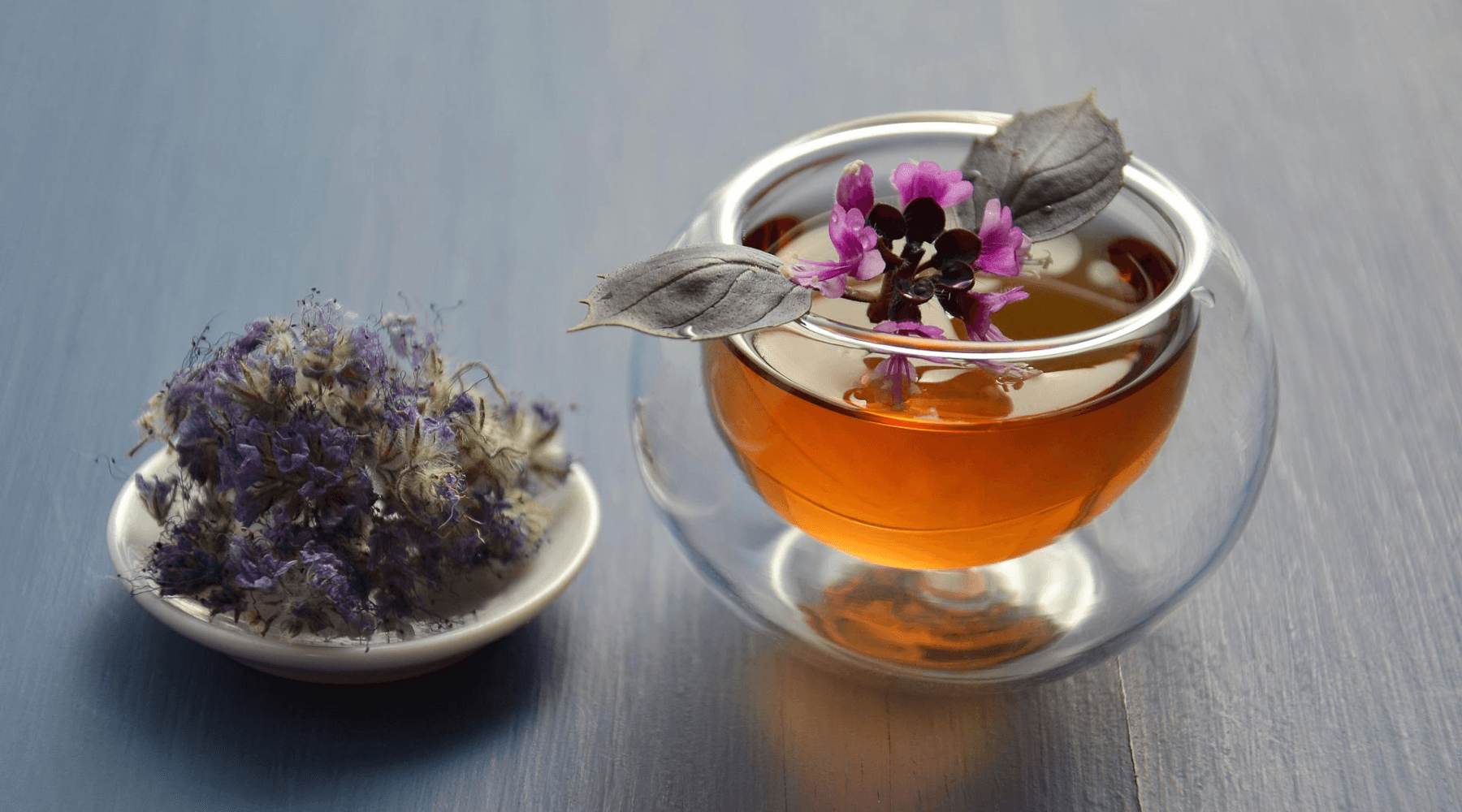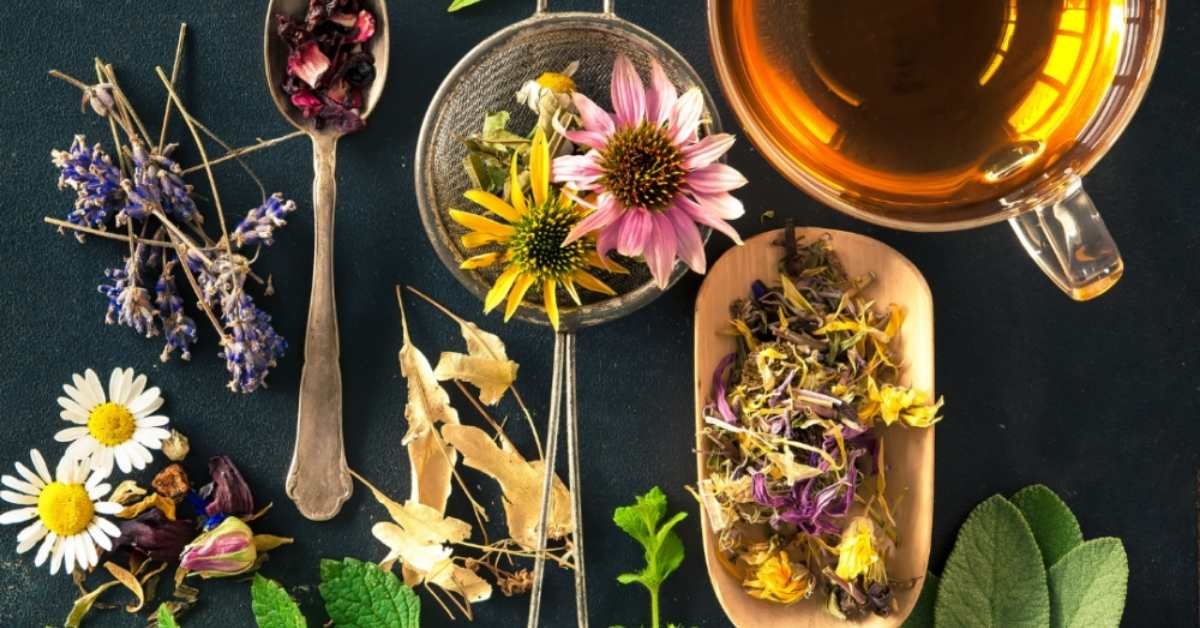Tea Questions All Tea Beginners Have + Solutions All That Tea

Tea!!!!!! Types of tea, Tea remedies, Healthy teas
Nowadays, tisane is the more legitimate term for what we know as herbal teas such as chamomile, peppermint, and hibiscus. Tisanes are made from fresh or dried parts of plants, including their.

Herbal Tea VS Tisane VS Infusion YouTube
What is commonly referred to as an "herbal tea" is actually an infusion or decoction made from a plant other than Camellia sinensis— the plant from which true teas (green tea, black tea, oolong, etc.) are made. For this reason, there is a trend toward the use of terms like "tisane" (pronounced tea-zahn), "botanical," or "infusion."

Tea vs Tisane. What's The Difference? Steeped Street
Although the quantity of caffeine varies depending on the type of tea, all teas contain some caffeine. Green tea, for instance, has as little as 35 milligrams per eight-ounce cup, whereas black tea can contain as much as 90 milligrams. In contrast, tisanes do not contain caffeine but a diverse array of herbal ingredients.

What is Tea? The Difference Between True Teas and Herbal Tisanes Cup
Tisane tea is an herbal tea made from parts of a particular plant. "Tisane" and "herbal tea" are the same thing. The correct term in the tea industry for teas made from anything outside of the tea plant (Camellia sinensis) is a "tisane.". The tea and herbal industries market tisanes as a tea; however, tisanes are not a true tea.

Pure Tea vs Tisane Tea Which One Is The Right One For You? Tea J Tea
The following two criteria would speak about the differences these beverages hold! 1. Plant origin. The regular true tea is brewed from the leaves of Camellia Sinensis plant of the Theaceae or tea family as it is commonly known, whereas, the Tisane tea does not have any ingredient belonging to the Theaceae family.

Teas That Won't Put Your Palate to Sleep Tea smoothies, Tea, Herbal tea
Tea vs. Tisane: Caffeine. Another big difference between tea and tisane is caffeine. All teas have caffeine. The amount varies from a low of 35 milligrams per eight-ounce cup for green tea to a high of 90 milligrams for black. Herbal infusions, on the other hand, are caffeine-free, making them ideal for post-supper sipping.

Easy Homemade Tea vs Tisane Which is Best? 2023 AtOnce
Tisane. A tisane is any beverage that is made by steeping herbs, dried flowers, fruits, spices, or other plants in water - excluding Camellia sinensis. This biggest difference between a tisane and a tea is that tisanes do not contain caffeine. They can, however, have other stimulatory properties depending on the plants used in the tisane.

Matcha Tea Bags? Herbalism, Diet and nutrition, White tea benefits
Tea and tisane (also known as herbal tea or herbal infusion) are two beverages made from steeping plant material in hot water.However, there are some differences between the two. True tea comes from the leaves of the Camellia sinensis plant. There are 5 main types of true tea: black tea, white tea, green tea, oolong tea, and pu'erh tea.

Tea Questions All Tea Beginners Have + Solutions All That Tea
The definition of tisane vs tea is more contentious than it might seem. The word "tea" is about the weight of the culture and history behind the beverage, and the desire by some to draw a line in the sand. After all, tea is named separately from other herbals or tisanes precisely because of the craft involved in making and brewing it.

Tea vs Tisane. What's The Difference? Steeped Street
Tea vs Tisane Primer: Exploring 14 Different Teas and How Tea is Made and Processed. Posted by Elizabeth Taeed. February 21, 2021. Aside from water, tea is the most popular beverage in the world! Even here in coffee-loving America, 80% of households have tea in their cupboards, and iced tea is now even more popular than soda.

The Top 6 Health Benefits Of Organic Food Tea benefits, Drinking tea, Tea
Similarities Between Tea and Tisane. Tea and tisane have some commonalities worth noting. Both can be consumed as hot or cold beverages and come in a variety of flavors, including fruity, floral, and herbal blends. Moreover, they both offer numerous health benefits, such as reducing stress, boosting immunity, and aiding in digestion.

Pin by Jennifer Bailey on m¥ ٧inخagع み٥m٤ Cuppa tea, Tea, Tea art
Tea VS Tisane It goes by different names, it has deceived many who have crossed its path, and it's probably somewhere in your kitchen as we speak. What is it you ask! TISANE!!! Dun, Dun, Dun… or as most people call it, herbal "tea". The fancy name for it, pronounced (ti-zann) which is a French word for "herbal infusion.

Pin on All things Tea
The best part about tisanes is that they don't require artificial flavors or additives, making them completely organic and healthy. When we compare pure Tea vs tisane tea, one of the main differences is the caffeine content available in these two tea types. Pure tisanes do not contain caffeine except for Yerba Mate, thus making excellent.

Pin on миндальное молоко
Alternately, you can prepare a tisane using the infusion method, in which herbs are steeped in hot water, this is then strained, and the herbs are sifted through. The key difference between teas and tisanes is that tisanes are not made from tea leaves, but rather from this herbal infusion. Since its discovery in China 5,000 years ago, tisanes.

Easy Homemade Tea vs Tisane Which is Best? 2023 AtOnce
Tea vs Tisane. Strictly speaking, only a beverage that comes from the Camellia Sinensis plant (left) should be called "tea", while herbal infusions, such as Rooibos that comes from the Aspalathus linearis shrub (right) are referred to as tisanes (ti-zahns). Few people really know the difference between their teas.

Pin by Ana Menendez on l a c o c i na☕ Tea pots, Tea, Loose tea
Tisane, however, doesn't come from this plant family. It's typically made with a blend of different plant types or parts of the same plant. Caffeine Content: A regular cup of tea's caffeine content depends on its type and origin. But true tea, made from the Camellia Sinensis plant, has about 15-70 micrograms of caffeine per cup.